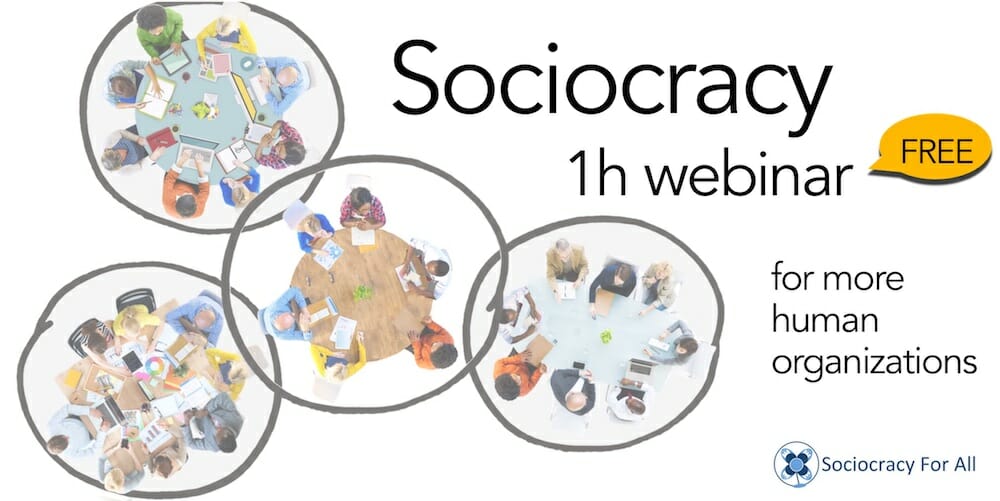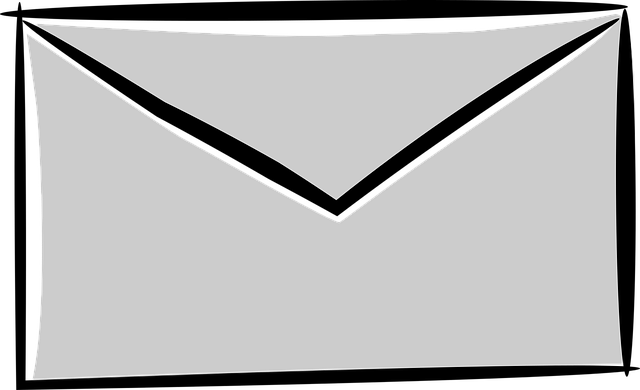Language: Español
Running a board meeting
Are you the chair or facilitator of a board and have been tasked to run the board meeting? Here’s a template for a board meeting that will be engaging and clear. Your board will feel the difference and be thrilled!
In a board meeting, there’s a lot of expertise in the room. That’s why it’s essential to make sure everyone’s input can be heard. Above all, it is vital that constructive ideas are generated and important decisions are made. After all, no one has time for a board meeting that is just aimless talking. For that reason, we optimize our template below for equal inclusion of all voices and for clarity.

Table of Contents
Before the meeting
Agenda planning
You might have a list of topics to be discussed in the future. We call this the backlog. It makes agenda planning easy to have a backlog and add new topics and subtract completed ones from it.
Before the meeting, you prioritize some of the topics and put them on the agenda. To prepare a solid agenda, add more details:
For each agenda item, determine whether this topic is a report, an exploration, or a decision.
- We think of a report as one-way communication: the person who reports gives information about something to the board. That means that when everyone understands it, you’ve done your job.
- In an exploration, we ask the board members to give feedback to something. For example, there might be a new idea and you want to hear everyone’s response to it. In that case, you might take notes of your ideas but you don’t need to make a decision today.
- However, if the board does need to make a decision today, make sure to announce it as such – it’s useful for everyone to know that there has to be a decision before you walk out that meeting room.
| Outcome | Goal |
|---|---|
| report | ✓ everyone understands |
| exploration | ✓ everyone’s ideas are heard |
| decision | ✓ everyone consents to the proposal |
In addition to the topic and desired outcome, plan a time frame for each item. How long an agenda item will take depends on your board’s style and size. But if you add all the minutes up like in this table, you will be able to track where you are on time at any moment.
Note: Reports take ca. 5 min. Explorations and decisions almost always take more than 10 minutes.
| Time | Topic | Desired outcome |
|---|---|---|
| 7:00-7:10 | Collaboration hub assembly | Report |
| 7:10-7:30 | Feedback on Mike’s idea (see email) | Exploration |
| 7:30-7:45 | Retreat: setting a date | Decision |
| 7:45-8:15 | Retreat theme: brainstorm (the decision is next time!) | Exploration |
During the meeting
Starting as human beings

It’s important to remember that everyone in the room is a human being that cares about the organization. Give people a chance to arrive mentally and enable them to bond with each other by starting the meeting with a go-around: How are you doing right now? And what do you appreciate about this organization?
Check your logistics
In the beginning, do a little check on things that often cause confusion. In sociocracy, we call it the ADMIN section because the first letters form the word ADMIN:
- Attendance: is everyone present? Is the note-taker present?
- Duration? How long is this meeting? Does anyone have to leave early etc?
- Minutes: Has everyone read last time’s minutes? Have they been filed?
- Information: Does anyone have quick announcements before the meeting starts?
- Next meeting: Is the next meeting time clear?
Agenda items: making an agreement

First, present the agenda and the time frame. Make sure everyone understands the agenda. Next, ask whether everyone is ok with it.
We recommend asking explicitly: does this agenda work for everyone and getting something like a thumbs-up from everyone? Why? That way, you have a shared understanding of how you will spend the meeting time. And making that agreement in the beginning also means you as the facilitator can point to a shared agreement when people go over time. After all, the better everyone understands the flow of the agenda, the better everyone will be able to stick to it, giving your meeting clarity and accountability.
Topics
In this step, you go through the agenda items. How you do that depends on the kind of agenda item.
Reports
For reports, we recommend making sure they are short. Before someone starts talking, remind them of the time the agreed-upon agenda provides for their presentation. In addition, remind them of the timeline when they are close to the end of their time.
Explorations
During explorations, it’s common in board meetings that a few people monopolize and take a lot of time talking. That drains the group. A more engaging conversation happens when you do rounds: give a prompt (like “what do you think about this idea?”) and ask everyone to speak individually. To make sure there is an order, you can use the order in which people are sitting or the order you see them on the screen in a virtual meeting.
Depending on how many people you have on the board, a round might take a while. Make sure to give a clear prompt and timeline for a round. As people notice that they are listened to, you might notice the vibe of the meeting shifting as people start to listen better and talk more freely.
Decisions
Lastly, decisions are explorations with a decision at the end. In most boards, this happens by a vote. Voting can sometimes breed resentment when the majority outnumbers a minority. How we make decisions matters. If you’re interested in how to make decision-making more explicit and manageable, check out the consent process. The basic pattern goes like this:
- Present the proposal. Let people ask clarifying questions.
- Reactions. Do one round where everyone can say whatever they think.
- Consent. Do one round where people say “I consent” or “I object”.
If someone objects, try to change the proposal.
The decision is made when everyone consents.
Closing the meeting

After completing your topics, ask what agenda items arise from the meeting that people would like to talk about in future meetings. In other words, this is like crowdsourcing future topics. Next, put them on your backlog or start a list of future agenda items now.
Finally, a good meeting ends with a round of feedback: How was this meeting? What did you appreciate? What would you like to change next time? By asking this and taking the feedback to heart, the board can improve how they work together over time.
Use our free template
To make planning easy, here’s a meeting template to copy! To plan a meeting, simply copy it from here or from this google doc and fill in your agenda topics and decide whether they are reports, explorations, or decisions. Then add time information and add it all up! Watch this screencast to get oriented in the agenda sheet.
| Time | What | How |
|---|---|---|
| 7:00-7:05 | Check-in |
|
| 7:05-7:07 | ADMIN | – Attendance: is everyone present? Is the note-taker present? – Duration? How long is this meeting? Is anyone leaving early? – Minutes: Has everyone read last time’s notes? Are they filed? – Information: Announcements from anyone? – Next meeting: Is the next meeting time clear? |
| 7:07-7:10 | Approve agenda |
|
| 7:10- …
| Topic 1 ▢ report ▢ exploration ▢ decision | Reports:
Explorations:
Decisions:
|
| … | Topic 2 | (see above…) |
| … | Topic 3 | (see above…) |
| 8:20-8:25 | Future topics | What future topics should this board talk about? (Write them down!) |
| 8:25-8:30 | Closing | One round of meeting evaluation |
This meeting template is a simplified version of the meeting template from sociocracy.
Liked this? Sociocracy is more than meeting templates. Learn more:




